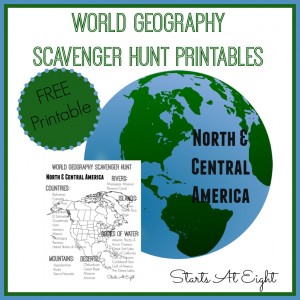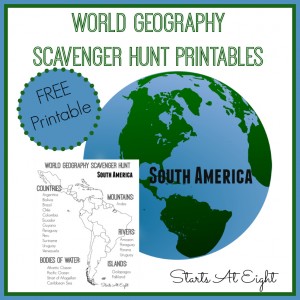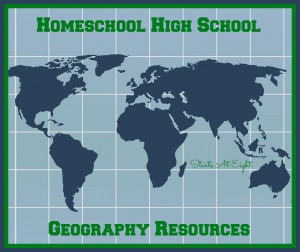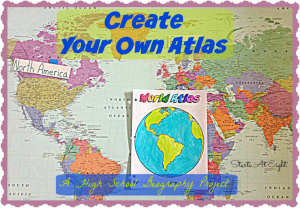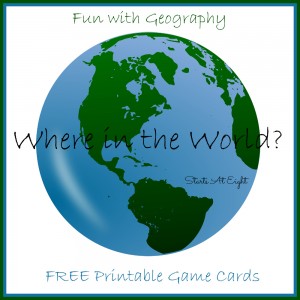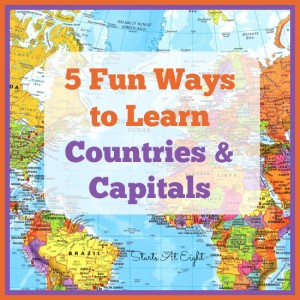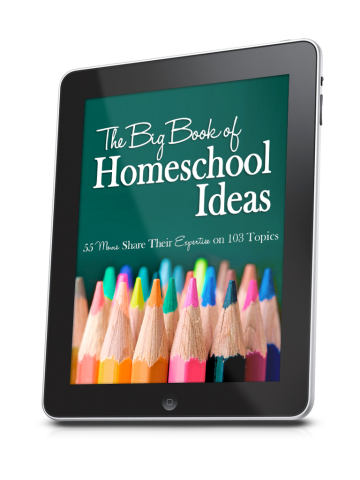Planning High School Geography With North Star Geography
For tenth grade we are studying World History & Geography. We are covering the geography portion of that using a curriculum called North Star Geography from Bright Ideas Press. Right I am now working on planning our high school geography with North Star Geography.
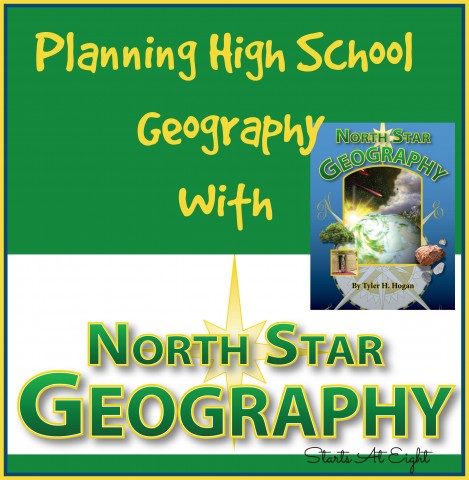

One of the very first things that jumped out at me, and something that I love about North Star Geography is on the first page of the Teacher’s Introduction. There is a note at the bottom that states:
“There is more in this program than any one family should attempt! I have intentionally provided many different study tools to meet the needs of students with a wide variety of learning styles and backgrounds in geography. It is up to you as the teacher to decide which assignments would be most appropriate and feasible for your students and setting.”
There are multiple reasons why I love that Tyler put this plain and clear in the beginning of the Teacher’s Introduction. First because I am super type-A and always feel the need to complete every page, every question, every activity in the curriculum we buy. By him saying this he is giving me permission, it fact telling me straight out I shouldn’t do it all! Thank you.
The second reason I love this is because it illustrates the numerous options offered in North Star Geography. Instead of a curriculum that focuses on just one type of activity and means of learning something, North Star Geography gives many types of activities as options with the intent to fulfill multiple learning styles and tastes.
Armed with the knowledge that we are using North Star Geography as a supplement to our world history studies, and that I am to pick and chose what we are going to cover, I set out to create our geography plans and binder.
Planning A School Year With North Star Geography:
1. Decide on a Planning Schedule
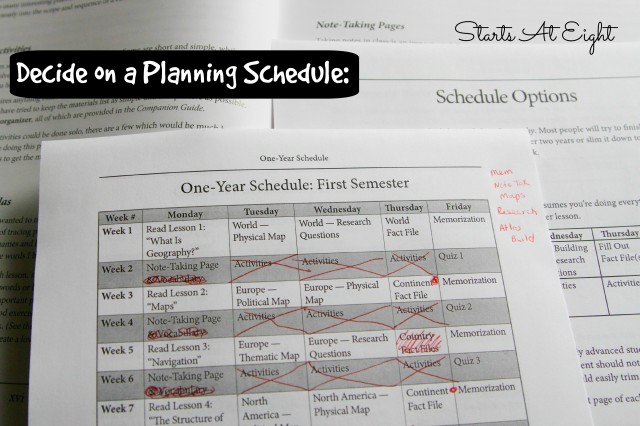
Also in the handy Teacher’s Introduction section is a selection of Schedule Options.
You can choose from a
- one year (32 weeks) intense, includes it all schedule
- two year (64 weeks)
- or one semester (16 weeks) bare bones of the program
There is also a bullet list of ideas for what you can flex with and what should definitely be kept in as the spine of the program.
After deciding on length you can use the included Reader & Companion Guide disc to print out a day-by-day schedule grid to guide you in your planning.
2. Choose What You Are Using
Using the day-by-day schedule grid and the descriptions of each type of activity found in the Teacher’s Introduction of the book, we chose what activities we would do and what we would skip.
Since this is a supplement to our world history studies this year, which means we have a smaller amount of time to spend on it, and since my teen is not a hands on learner, the first thing we decided to drop were the hands on activities. She does however LOVE mapping so we kept in the physical, political, and thematic mapping activities.
You can see on the day-to-day schedule that I went through and crossed out what she wouldn’t be completing. That way we could see the organized schedule that she will follow for the year. Given that she isn’t do the activities she will spread out the work for each chapter over a two week period as she sees fit.
3. Print Everything Out
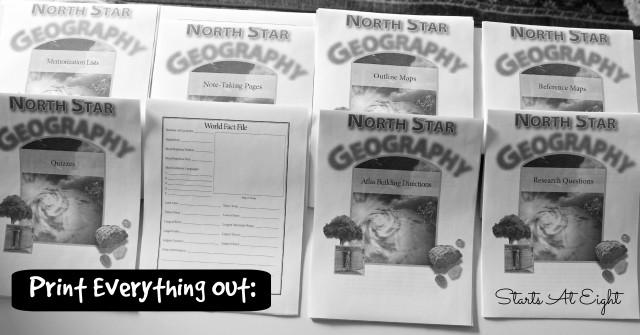
Once the individual activities were decided on I took to printing all the necessary pages from the Reader & Companion Guide disc. They are organized into groupings by the types of activities.
For example:
- Atlas Building
- Note-Taking Pages
- Memorization Lists
- Research Questions
- Quizzes
Therefore I had one pile for each of the activities we chose to complete over the course of the year.
4. Organize in a Binder
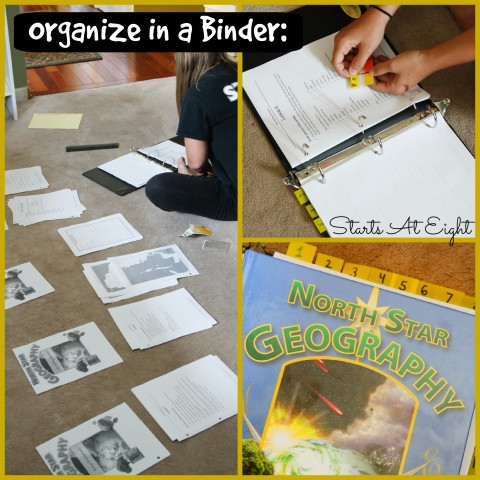
Once everything was printed we lined the piles up in order on the floor to be put into her geography binder for the year.
Using Post-it Tabs with On-the-Go Dispensershe created a tabbed system in her binder to represent the beginning of each chapter in the North Star Geography book.
More Geography:
The Big Book of Homeschooling
To get tons of great advice, and move beyond the basics of academics, pick up a copy of The Big Book of Homeschool Ideas. Some topics included are things like active learning, learning with video games, helping teens/tween become independent learners (one of my chapters), teaching on the road, learning with movies, high school literature (one of my chapters), and gardening.
This book can carry you through all your years of homeschooling, covering the stages your children will mature through: preschoolers, elementary grades, middle school, and high school. As your life situation changes, you will find new chapters that apply to you. You can view the full table of contents to see all 103 topics!



